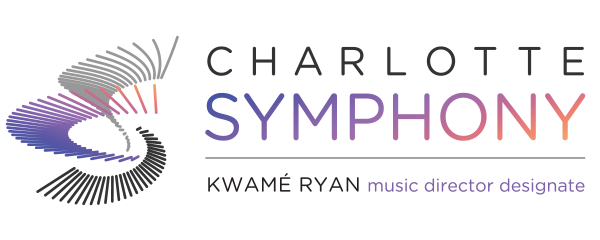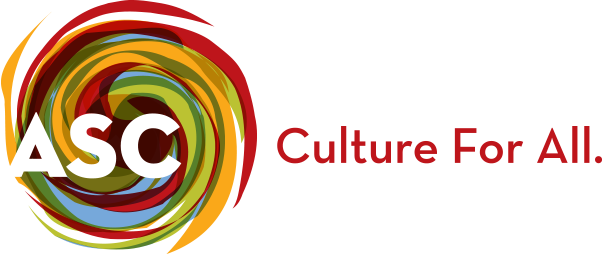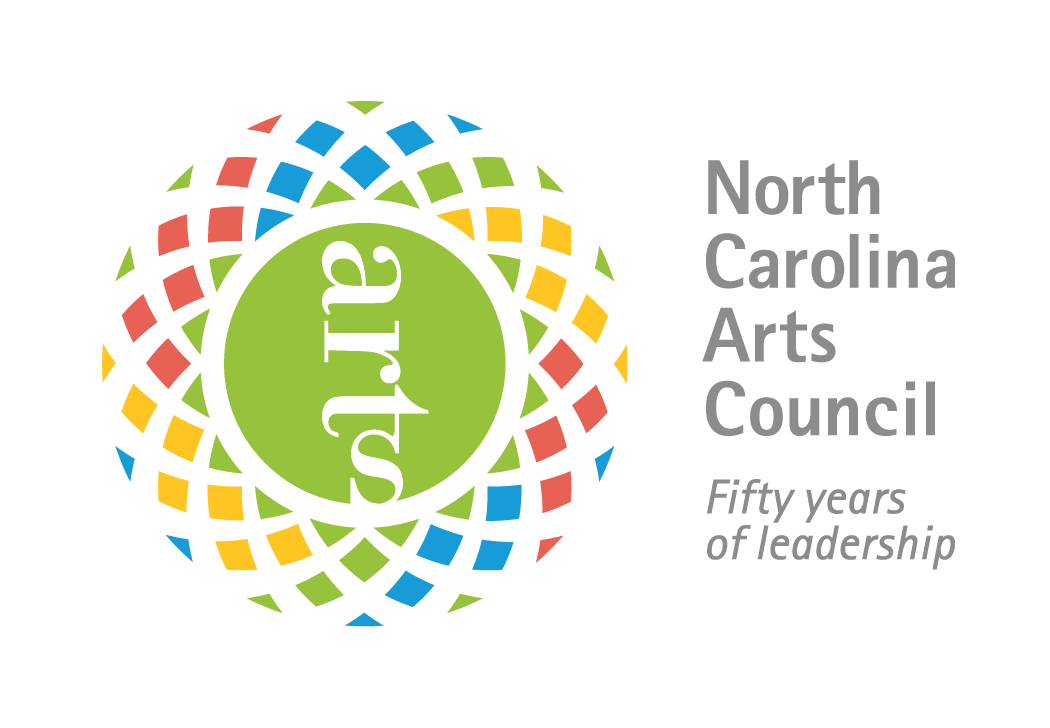News
A Vessel of Song: Gene Kavadlo
Mar 30, 2015
The clarinetist is an ambassador for klezmer, the Jewish folk music of his youth
BY ADAM RHEW
THE OPENING NOTES from the clarinet, gentle and solitary, start at the back of the church. Gene Kavadlo, wearing a beige, embroidered vest over his dress shirt, meanders through the crowd, playing a song from the Jewish folk music known as klezmer. Onstage, his wife, Ali, slowly draws a bow across the strings of her violin. Sunlight filters through large stained-glass windows along the sides of the room.
Suddenly, the tempo and volume soar. Ali jerks the bow across the violin, graceful and frenetic at the same time. The other two members of the quartet, Mike Mosley and Ron Brendle, join in on guitar and bass. It doesn't take long for the audience to begin clapping and stomping to the beat.
That 2012 concert is part of Kavadlo's long legacy as an ambassador for klezmer's resurgence. He's now 70 and in his fourth decade as principal clarinetist with the Charlotte Symphony. His quartet, Viva Klezmer, plays throughout the region, and this month, he will perform a klezmer piece with the orchestra as part of its KnightSounds series.
For Kavadlo, who grew up in the 1950s and '60s in a Jewish family on Long Island, klezmer's jubilant melodies meant one thing: party time. The sounds of clarinet and violin would tear through a wedding reception or across a crowded ballroom at a bar mitzvah. "People dance in their seats when they hear it because it's so infectious," he says.
But as Jewish immigrants settled into the United States in the decades following World War II, the music faded. "It was kind of something that the Jewish people really didn't want a part of," he recalls. "They had been through the Holocaust, and the main idea was to assimilate into the American culture, and klezmer music was a reminder of the old country."
The word "klezmer" is derived from Hebrew words that, translated literally, mean "vessel of song." Artistic and expressive, with bold melodies and often fast tempos, klezmer was heavily influenced by Eastern European music, particularly Romanian and gypsy styles of the 19th century.
A smile stretches across Kavadlo's face when he recalls an early Viva Klezmer concert that took place just after he assembled the quartet in 1984. "The first time we played, people just went crazy for it. They loved it."
Yet listening to klezmer the way people did at that concert, seated in neat rows in a church or an auditorium or a concert hall, is a decidedly new experience. "It was unheard-of to imagine going to a concert of klezmer music," Kavadlo says. "People didn't sit in an audience and listen to klezmer music."
Instead, Jewish families in the early 1900s heard it the way Kavadlo did as a child: at weddings or celebrations. It wasn't until a revival in the 1970s that klezmer concerts began to appear--and even later when they would pop up in predominantly non-Jewish communities such as Charlotte.
When he founded Viva Klezmer, Kavadlo didn't have a larger social agenda. His goal wasn't to connect Jewish audiences with music from their past or to expose Charlotte's non-Jewish communities to a new art form. He just thought it was beautiful.
"The early klezmer music I heard as a boy was rough and not very good," he says. "But then, after the revival, I heard it and the melodies were just so tuneful, so expressive. I thought, 'I can do that. And people will love it.'"
Article at Charlotte Magazine






